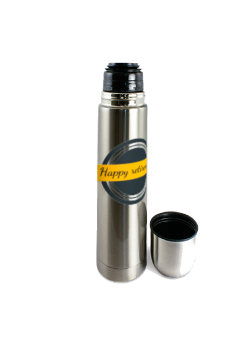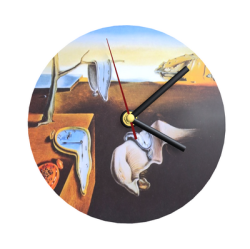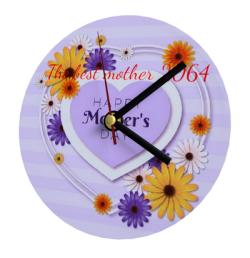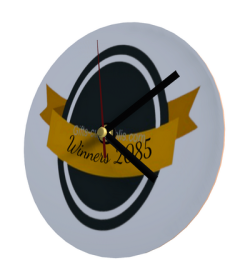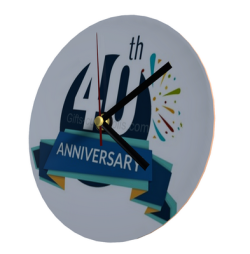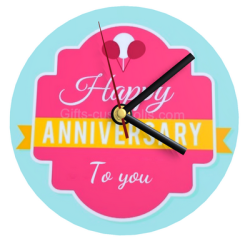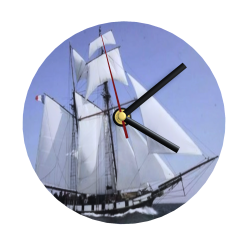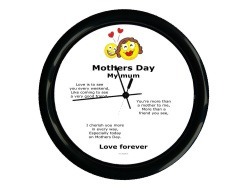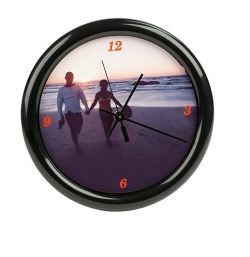Insulated bottle with label...
Insulated bottle In the United Kingdom 1892, the Dewar vase The Scottish chemist and physicist Sir James Dewar (1842-1923) was the first to produce liquid hydrogen, which was the coldest substance ever produced. To store this cryogenic material at very low temperatures, he constructed insulated boxes from cork, hay or crumpled newspapers, but none of these solutions held the liquids sufficiently. He then discovered and improved the Arsonval vessel. In 1892, he proposed his version of the double-walled glass vacuum flask that bears his name, the Dewar flask. It takes the form of a glass balloon with a straight neck. The narrow space between the two walls is almost entirely free of air, this partial vacuum prevents heat conduction and convection for better insulation. He added silver as a metallic coating to prevent radiation. This invention eliminates any possibility of heat transfer by conduction, convection or radiation. He hired a professional glass blower to make a stronger balloon. In 1898, he used this container to transport and introduce liquid hydrogen to the world. An isothermal bottle to personalize it has become mandatory! You will get that at Gifts-custopolis.com undeniably. Unusual gift for, kdo idea for, customizable gift idea, birthday gifts for, unusual birthday gift.
- Personalisable






































